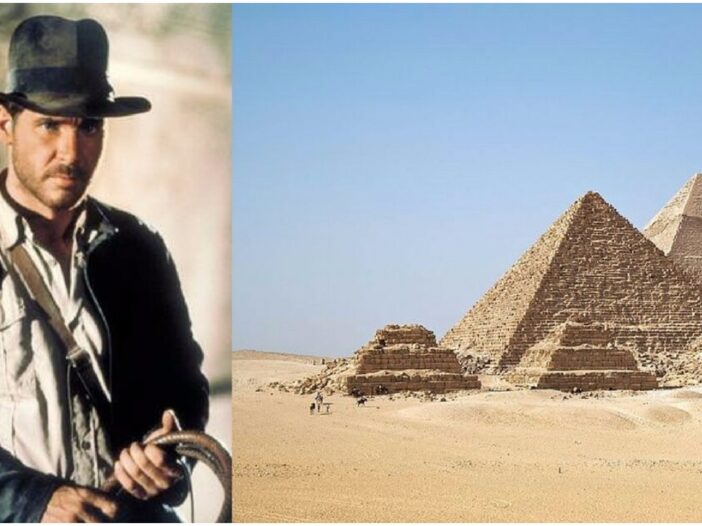
Once the Indiana Jones franchise hit the big screen in 1981, everyone wanted to be an archeologist. The adventurous world of Dr. Jones, with his side-kicks and antagonists, led folks to see archaeology in a new light. What was once seen as an occupation that involved endless digging and excavating of dry, dusty bits of pottery and bone suddenly became one full of exotic offbeat glamor and civilization-saving heroics.
But during the periods in which the Indiana Jones films were set, the 1930s and ’40s, with the latest installment taking place in the 1950s, archeology actually did carry this veil of mystique, as distant locations such as the jungles of the Indian sub-continent or the Egyptian desert were considered extremely dangerous and remote.
Even though archeologists usually dislike the over-the-top image portrayed by Harrison Ford in the movies, history proves that there were, in fact, some men and women involved in this profession whose spirit for adventure could be compared to that of Indiana Jones.
1. Percy Fawcett
A geographer, an artillery officer, cartographer, archaeologist and explorer, Percy Fawcett became famous for his adventures in South America. Unfortunately, during his last trip in 1925, Fawcett, together with his eldest son, mysteriously disappeared in the Amazon rainforest. What was he looking for?

The city he had called simply “Z” was, he believed, the lost city of an advanced indigenous civilization. The search for his own Eldorado and his disappearance remain a subject of many debates and controversies, and several expeditions were organized in order to solve the mystery, but with no meaningful result.
Some of his adventures were immortalized by the famous fiction author, Arthur Conan Doyle (who penned the Sherlock Holmes stories), who used Fawcett’s field reports in order to create a credible setting for his Sci-Fi novel, The Lost World.
2. T.E. Lawrence

Lawrence of Arabia was one of the most notable historic figures whose role influenced the Middle East as we know it today. He was a key figure in the organization of an Arab uprising, sponsored by the British Empire, against Turkey during WWI. But his career as a military intelligence officer is another story.
Concerning his interests in archeology, T.E. Lawrence had been fascinated by ancient civilizations ever since he was a boy. During his childhood, Lawrence was intrigued by antiquities and old buildings found around Berkshire, Buckinghamshire, and Oxfordshire, where he grew up.
In 1909, Lawrence, who had not yet gained the sobriquet ‘Of Arabia’, set out alone on a walking tour of the crusader castles in Syria. He walked more than 1000 miles (1600 km) on foot, during which time he became acquainted with the Arab culture, slowly learning their customs and language.
His fascination with the Oriental world continued to grow, and when the war broke out, he had to leave his archeology practice to help the rebellion against the Ottoman Turks for which he became famous.
